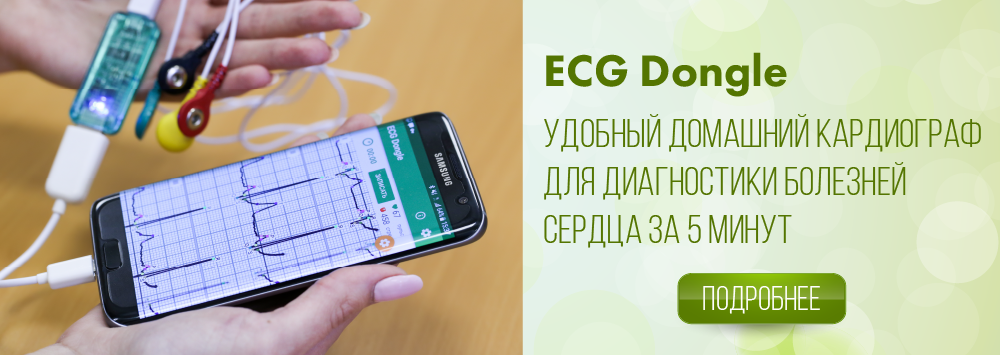Biomarker RMSSD
RMSSD is the square root of the mean sum of squared differences between adjacent NN intervals. It is used to evaluate the high-frequency components of the variability. RMSSD in physiological interpretation can be considered as an assessment of the ability of the sinus node to the concentration of the rhythm of the heart, regulated by the transition of the function of the main pacemaker to different departments of the sinoatrial node, which has an unequal level of synchronization of excitability and automatism. With an increase in heart rate on the background of activation of sympathetic influence, there is a decrease in RMSSD, i.e. increased concentration, and vice versa, with the increase in bradycardia on the background of an increase in the tone of the vagus, the concentration of the rhythm decreases. In patients with the main non-sinus rhythm, this indicator does not reflect the vegetative influence, but indicates the level of functional reserves of the heart rhythm in terms of maintaining adequate hemodynamics. A sharp decrease in the concentration function with an RMSSD increase of more than 350 ms in patients with heterotropic brayrhythmia associated with sudden death. With a study duration of 5 minutes, the RMSSD rate is within 42.4 ± 6.1 ms, within 24 hours: 27 ± 12 ms. Given the absence of uniform standards for the limitation of heart rate variability, as well as a wide range of norms characteristic of most patients, it is advisable to study the dynamics of heart rate variability individually in the treatment process compared to baseline data. Measurement of the RMSSD parameter refers to changes in HRV in the short term and does not depend on day/night-variations. It reflects deviations in the tone of the autonomous system, which are predominantly vagus-mediated. Therefore, in clinical trials, this parameter is most often preferred in comparison with other, less stable, characteristics of HRV analysis. Sources: http://www.plaintest.com/cardiology/variability http://www.vitalscan.ru/dt_hrv1_ru.htm

